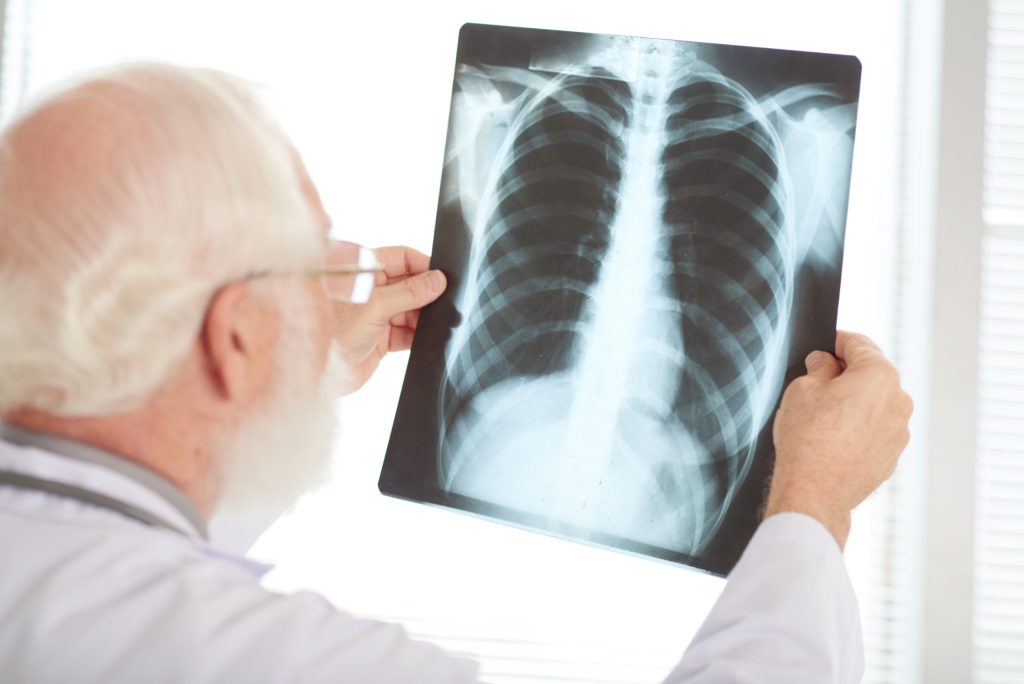The article “Pneumonia prevention in the elderly patients: the other sides,” published in Aging Clinical and Experimental Research, invites us to rethink prevention. It argues that protecting older adults from pneumonia is not just about vaccines and antibiotics — it’s about paying attention to the subtle, everyday factors that quietly increase vulnerability.
One of the main aspects explored in the study is dysphagia, or difficulty swallowing. As people age, swallowing reflexes weaken, allowing small amounts of food or liquid to enter the lungs — a process known as silent aspiration. This is a major cause of pneumonia in nursing homes and hospital wards, yet it often goes unnoticed. Identifying swallowing problems early and adapting diet consistency can drastically reduce risk.
Equally important is oral hygiene. The article highlights that keeping the mouth clean is not merely a matter of comfort — it’s a key preventive step. Bacteria that accumulate in the mouth and on dentures can easily be aspirated into the lungs, turning poor oral care into a hidden infection route. Simple daily brushing, proper denture cleaning, and regular dental visits can make a measurable difference.
Malnutrition, dehydration, and limited mobility further complicate the picture. When an older person is undernourished or inactive, their immune response weakens, and the lungs lose elasticity, reducing their ability to clear secretions. Encouraging movement — even gentle physiotherapy or breathing exercises — supports lung function and strengthens resilience against infection.
The study also warns about the role of polypharmacy, the simultaneous use of multiple medications. Sedatives, for instance, can dull the cough reflex and impair swallowing, increasing aspiration risk. Regular medication reviews, especially in frail or multimorbid patients, help balance treatment needs with infection prevention.
Ultimately, pneumonia prevention in older adults must be holistic — an approach that combines medical vigilance with attention to daily habits and care routines. It’s about seeing health not as the absence of disease but as the result of small, consistent acts of care. Instead of focusing solely on technology or treatment, we might begin with something simpler: noticing how an elderly person eats, moves, and smiles. In those little details lies the power to prevent an infection and preserve life.
Editor of Daily 27.
Predoctoral researcher at the Department of Sociology in University of Barcelona.


